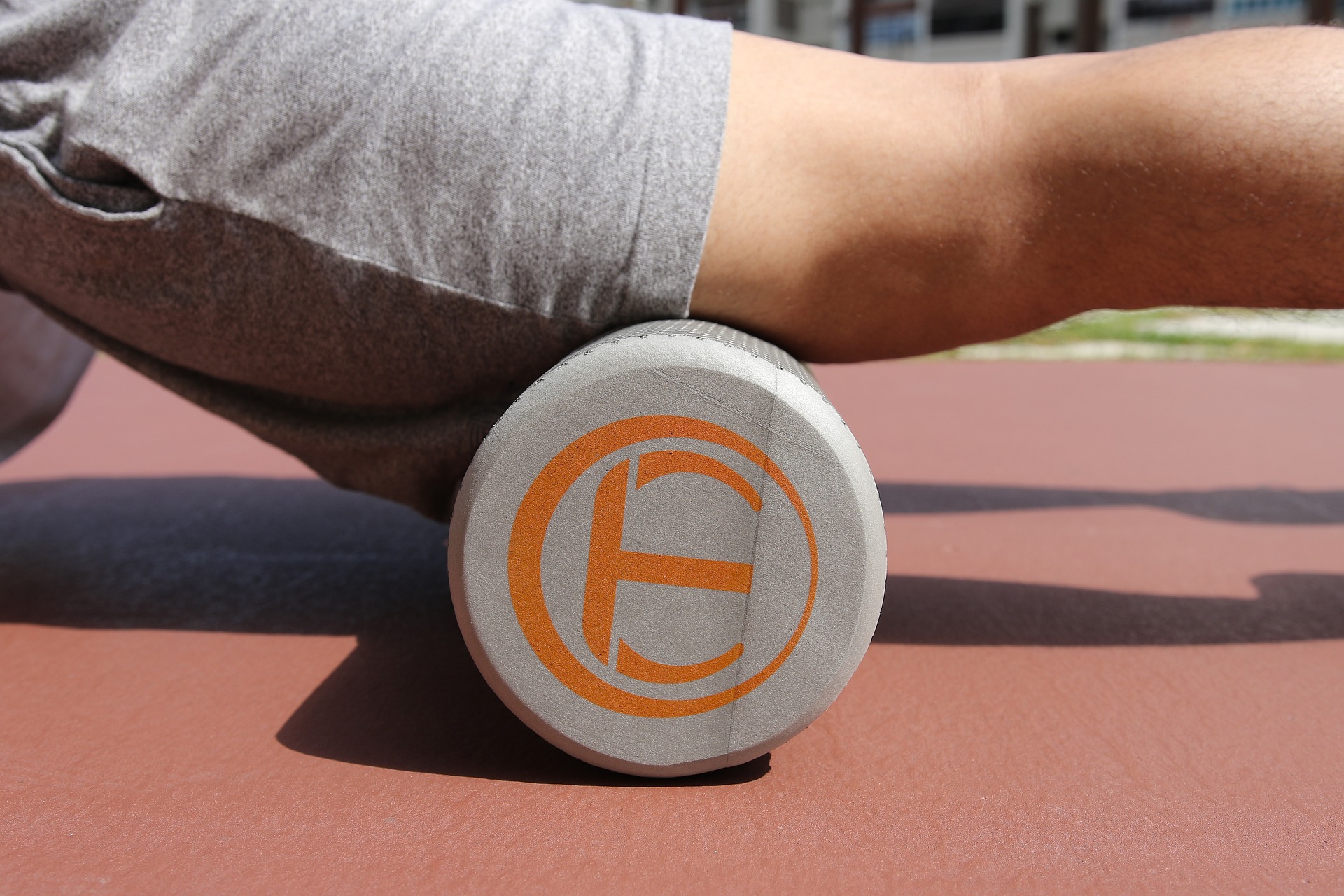Functional Fitness: Revolutionizing Exercise for Real-Life Strength
What if your workout could make everyday tasks easier, prevent injuries, and improve your overall quality of life? Welcome to the world of functional fitness, a revolutionary approach to exercise that's transforming how we think about strength and health.
The Origins of Functional Fitness
Functional fitness has its roots in rehabilitation and occupational therapy. Physical therapists and athletic trainers have long used functional movements to help patients recover from injuries and return to their daily activities. However, it wasn’t until the late 1990s and early 2000s that functional fitness began to gain traction in mainstream fitness circles.
The concept was popularized by fitness professionals who recognized the limitations of traditional, isolated exercise routines. They observed that while conventional workouts could build strength and muscle mass, they often failed to translate into improved performance in real-world activities. This realization led to the development of training programs that emphasized multi-joint movements, core stability, and balance—all essential components of functional fitness.
The Science Behind Functional Training
Research has shown that functional fitness can lead to significant improvements in overall physical performance. A study published in the Journal of Strength and Conditioning Research found that functional training resulted in greater improvements in functional movement screens, balance, and core strength compared to traditional resistance training.
Functional exercises engage multiple muscle groups simultaneously, which more closely mirrors how our bodies move in daily life. This integrated approach not only improves muscular strength but also enhances neuromuscular coordination—the communication between your brain and muscles. As a result, functional fitness can lead to better body awareness, reduced risk of injury, and improved performance in both athletic endeavors and everyday tasks.
Key Components of Functional Fitness
Functional fitness programs typically incorporate several key elements:
-
Multi-joint movements: Exercises that involve multiple joints and muscle groups, such as squats, lunges, and push-ups.
-
Core stability: A strong emphasis on developing core strength and stability, which is crucial for maintaining proper posture and preventing injuries.
-
Balance and proprioception: Exercises that challenge your balance and body awareness, improving your ability to navigate uneven surfaces and unexpected movements.
-
Functional equipment: The use of tools that mimic real-life objects or movements, such as kettlebells, medicine balls, and resistance bands.
-
Varied planes of motion: Incorporating movements in all three planes of motion—sagittal, frontal, and transverse—to improve overall mobility and flexibility.
Implementing Functional Fitness in Your Routine
Integrating functional fitness into your workout regimen doesn’t require a complete overhaul of your routine. Start by incorporating functional exercises into your warm-up or as part of a circuit training session. Here are some examples of functional exercises you can try:
-
Farmer’s walks: Carrying weights while walking improves grip strength, core stability, and overall body coordination.
-
Turkish get-ups: This complex movement enhances full-body strength, flexibility, and coordination.
-
Medicine ball slams: Develops power, core strength, and improves the ability to transfer force through the body.
-
Stability ball push-ups: Challenges core stability while working the chest, shoulders, and triceps.
-
Single-leg deadlifts: Improves balance, hamstring flexibility, and hip stability.
The Future of Functional Fitness
As our understanding of human biomechanics and exercise science continues to evolve, so too will the field of functional fitness. Emerging technologies like virtual reality and motion capture systems are already being integrated into functional training programs, allowing for more precise movement analysis and personalized workout plans.
Moreover, the principles of functional fitness are being applied beyond traditional gym settings. Workplace wellness programs are incorporating functional exercises to reduce the risk of occupational injuries, while sports teams are using functional training to enhance athletic performance and prevent injuries.
Functional Fitness Facts and Tips
- Did you know?
• Functional fitness can improve cognitive function and reduce the risk of dementia in older adults.
• The U.S. military has incorporated functional fitness training into its physical readiness programs.
• Functional exercises can burn up to 30% more calories than traditional strength training.
- Quick tips for getting started:
• Start with bodyweight exercises before adding external resistance.
• Focus on proper form and controlled movements rather than speed or weight.
• Incorporate unilateral exercises to address muscle imbalances.
• Use unstable surfaces like BOSU balls to challenge your balance and core stability.
• Remember to include exercises that mimic your daily activities or sport-specific movements.
In conclusion, functional fitness represents a holistic approach to exercise that goes beyond aesthetics or isolated strength gains. By training your body to move efficiently and effectively in real-world situations, you’re not just improving your physical fitness—you’re enhancing your overall quality of life. As we continue to uncover the benefits of this innovative approach to exercise, functional fitness is poised to play an increasingly important role in our pursuit of health and well-being.






